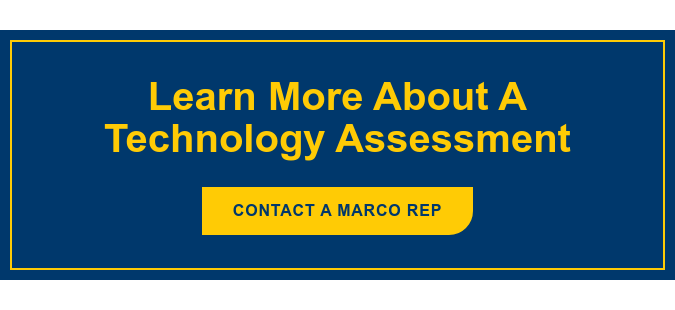An important question to be able to answer is “who’s your customer?” While it sounds easy, the answer can quickly get diluted. It did for us.
At one time, we saw Marco as an “office products superstore.” From pencils and paper to furniture and office equipment, we were the one-stop shop.
The problem was that the customer was not the same for all product categories. A purchasing agent bought the office supplies; the facility manager bought the furniture; and the IT department handled the technology. So even within the same company, we often had several different decision makers. It proved to be rather unproductive and led us on a journey to define who our customer really was. I thought it was one of our better moves.
Once we determined that our customer was the IT decision maker, it helped us position ourselves as a technology services provider.
So, how do you go about identifying who your target customer is or who it should be? Here are a few ways that have worked well for us:
- Determine where you can add the most value.
As we looked at what we sold and who we sold to, we realized technology was where we could add the most value, even though this wasn’t the largest part of our business at the time. Office technology was changing rapidly and the outlook suggested growth. IT departments were just starting to develop, and there looked to be a significant opportunity to help our customers effectively apply and integrate technology. - Identify the role of your decision maker.
Don’t miss this step. It is essential to really hone in on who your customer is – and build a business around that decision maker. As I mentioned above, we had too many products, which involved too many decision makers. Today the IT decision maker is clearly our customer for all of the services we sell. - Know the right size.
Size actually does matter. What organization size are you best suited to serve? At Marco, we started by focusing on the SMB (small to medium sized business) space in secondary and tertiary markets. As we have grown and expanded our expertise, the size of our customer and our geography also have grown. Today we serve organizations with 25 users to larger companies with thousands of employees and more complex technology challenges. - Assess your scalability.
A significant amount of our customers today were too big for us 10 years ago. There is a cart and a horse here. We actually had to build the infrastructure before we could serve larger clients. The point here is that you shouldn’t pursue more complex customers until you are well positioned to effectively support them.
It’s more fun to start something new than it is to quit doing something you’ve always done. We stopped selling a series of products and even sold off profitable divisions to focus on our defined customer. One of the key reasons for our growth has been knowing who our customer is, and even more importantly, who it isn’t. This takes discipline, but in our case, it dramatically changed our go-to-market strategy and the results that came with it.

